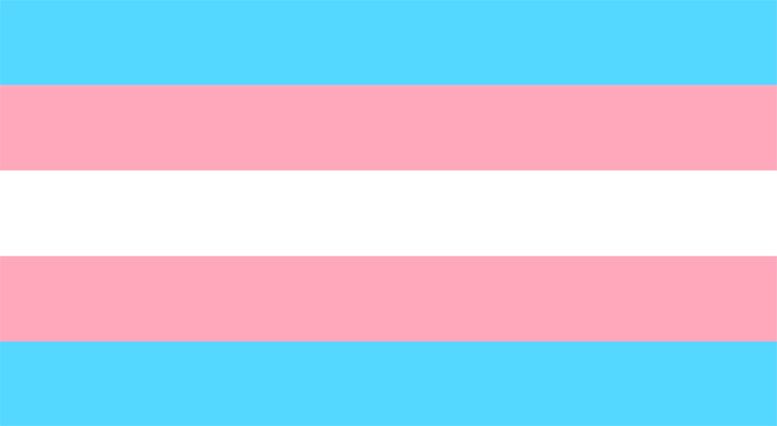TransForm Project to Improve the lives of Transgender and Gender Nonconforming Vermonters
Courtesy of The Albert Schweitzer Fellowship—
When Al York first heard of the Schweitzer Fellowship as a student at University of Vermont Larner College of Medicine, York quickly met with the director of the Pride Center of Vermont (PCVT), an LGBTQ community center, to discuss and design a project to meet the most pressing needs of the local transgender community. After several years spent advocating for transgender people as an undergraduate, York was excited about the prospect about serving the transgender community in a way that would help alleviate the daily struggles transgender people encounter.
York identifies as a genderqueer and nonbinary transgender person (which describes an individual who does not identify as exclusively male or female) and prefers the pronouns “they,” “them,” and “theirs” as opposed to “he,” “him,” and “his” or “she,” “her,” and “hers.” As someone who has navigated gender transition processes and who has advocated on behalf of transgender people, York well understands the difficulties many transgender people face as they navigate the process of gender transition, which encompasses varying degrees of social, psychological, legal, and medical components, depending on the individual.
Based on this knowledge and experience, York worked with PCVT to develop and implement TransForm, a project focused on reducing the number of transgender Vermonters who transition in isolation. Over the course of York’s Fellowship, they have worked with the Pride Center to secure grant funding to hire project staff, assemble a team of volunteers for a peer mentorship program, and create a website to share information and resources. York helped to develop modules on how to do name and gender marker changes that can be easily shared with others around the state. Along the way, York has collected the personal stories of transgender Vermonters to identify barriers to transition and to use in future advocacy and education work.
“Trans community members in Vermont have consistently expressed that there is a lack of resources and support available to them before, during, and after engaging in transition processes,” says York. “This is where the TransForm Project hopes to meet the needs of trans Vermonters.”
York says they have been surprised by the disparate descriptions of the transition process they have heard from transgender Vermonters, which have run the gamut from overwhelmingly positive to decidedly negative.
“It’s been described as ‘transformative,’ and ‘positive,’ but also ‘frustrating’, ‘demoralizing,’ ‘dehumanizing,’ ‘scary,’ and ‘exhausting,’” York says. “Many community members, for instance, have experienced difficulties due to living in a rural community and having a long commute to access services and support groups.”
York is aware, though, that the difficulties transgender people face often relate to stigma, discrimination, and structural inequities, rather than variables like geography. York points out that transgender individuals are more likely to face barriers to accessing health care than non-transgender people due to exclusions for transition-related care in most public and private health insurance plans, a lack of FDA approval for transgender hormone replacement therapy, a lack of funding for transgender health research, computer systems that are not designed to accommodate transgender individuals, and a lack of provider training during medical school and residency.
“I believe that change must happen on many levels, from increasing cultural competency and cultural humility training in medical schools, to engaging with health insurance companies and state legislatures to encourage policy and coverage reform,” York says.
In the meantime, York is hopeful that the TransForm Project will improve the lives of transgender and gender nonconforming Vermonters long into the future. “The resources and documents we created can be updated and utilized by transgender Vermonters indefinitely,” York says. “And the mentorship program, once launched, will have a long-lasting effect by reducing the number of Vermonters who transition in isolation, hopefully leading to better outcomes for transgender individuals statewide.







